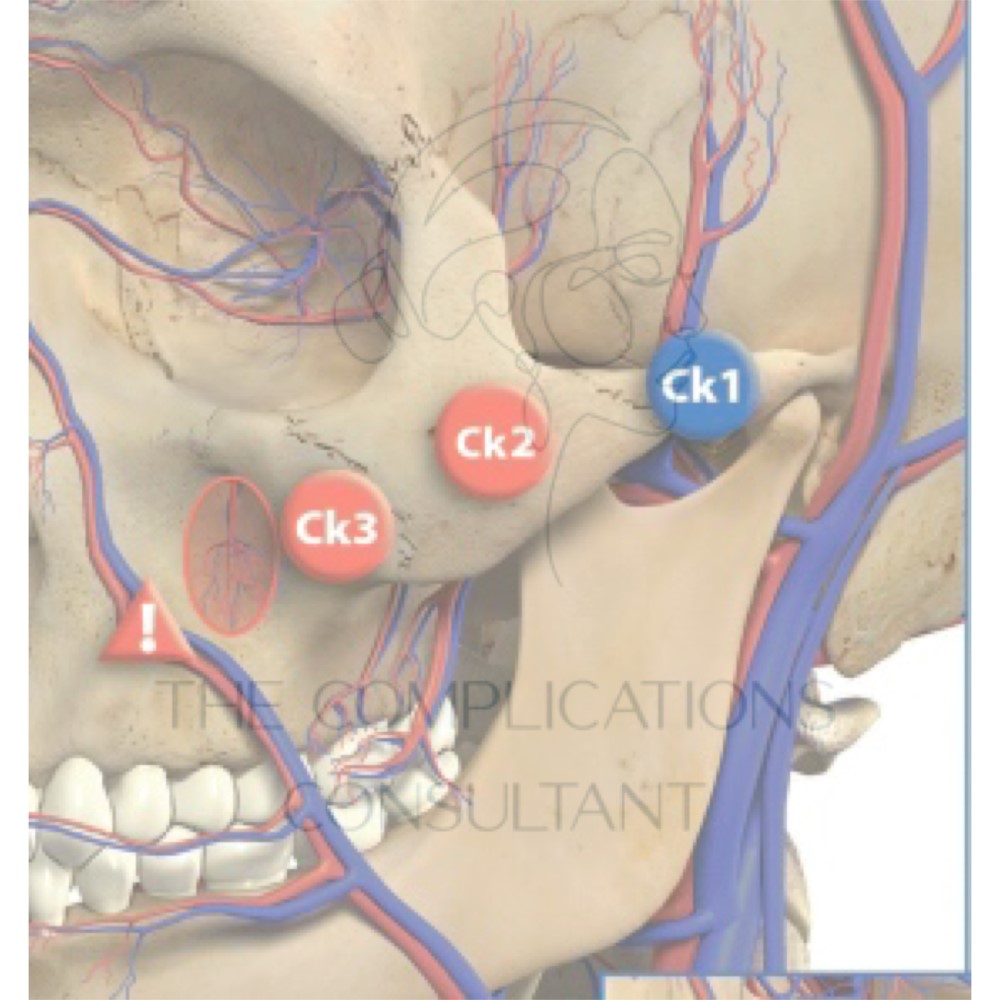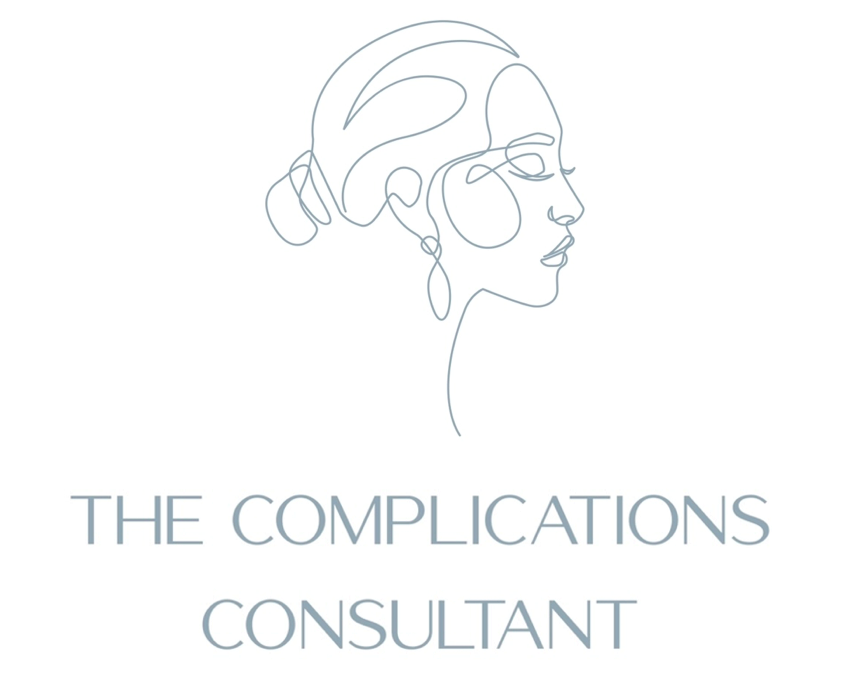Avoidance
Avoidance of high-risk areas by injecting technique
Cheek filler placement technique with use of a needle is a risk factor for nerve damage of the facial nerves while reaching to touch periosteum of the zygoma or cheek bone. This is a commonly taught technique for the placement of cheek filler. Risk can be reduced by ultimately building a better understanding of the anatomy of the Zygoma and building that knowledge into our injecting technique.

Feeling where the superior and inferior boarder the zygoma sit, before injecting will be helpful. Holding the needle parallel with the transverse plane can guide nicely into the area of periosteum. A slightly angled needle pointing inferior, or superior makes it easier to miss bone and pass into the danger zone which also include the arterial blood supply via the facial and maxillary arteries and where the facial nerve is located. It is good practice when placing filler into the fat pad to use cannula thus protecting damage o the underlying structures of the zygoma and ensuring that you are placing in the correct area of hypodermic fat.
Infraorbital nerve in the lower portion of the face can be avoided by again using cannulas when in the fat and crossing the mid pupillary line. When using needle techniques, staying lateral to mid pupillary line.
Temple and forehead risks can be reduced by using one entry point with a needle and inserting a cannula to deliver the product. Avoid the periorbital ridge when making entry point and enter 2cm at least above this zone. Be delicate and light in force when passing cannula through the tissues.
Superficial depth of injection around the mental nerve will be key in avoiding damage to ot. Again, the use of cannula in the anatomical structures for treatment such as the chin and jawline will also reduce risk.
The mental nerve can be avoided by palpating for the foramen and never injecting deep at this point, and by careful gentle placement of cannulas whenever treating the chin or jawline.


